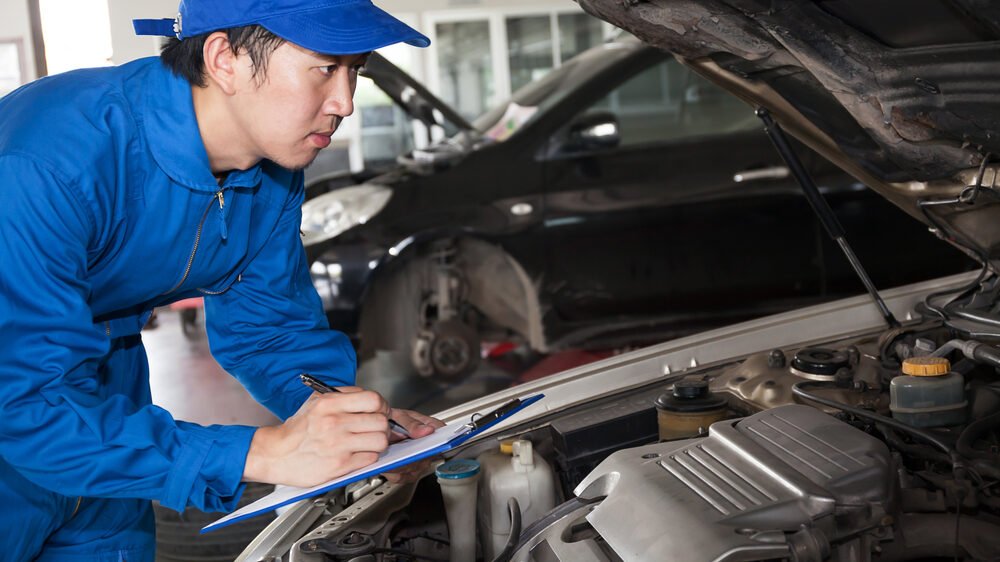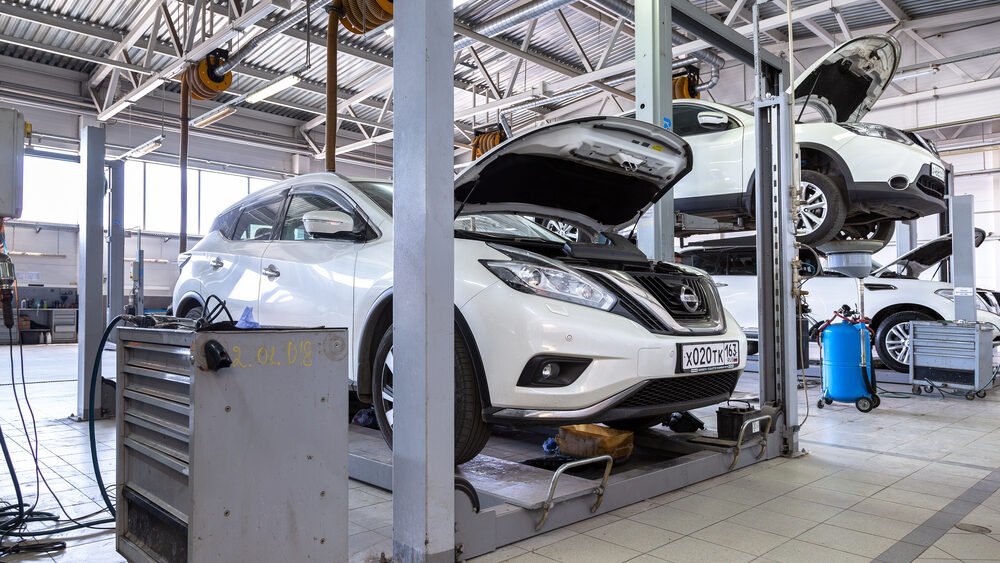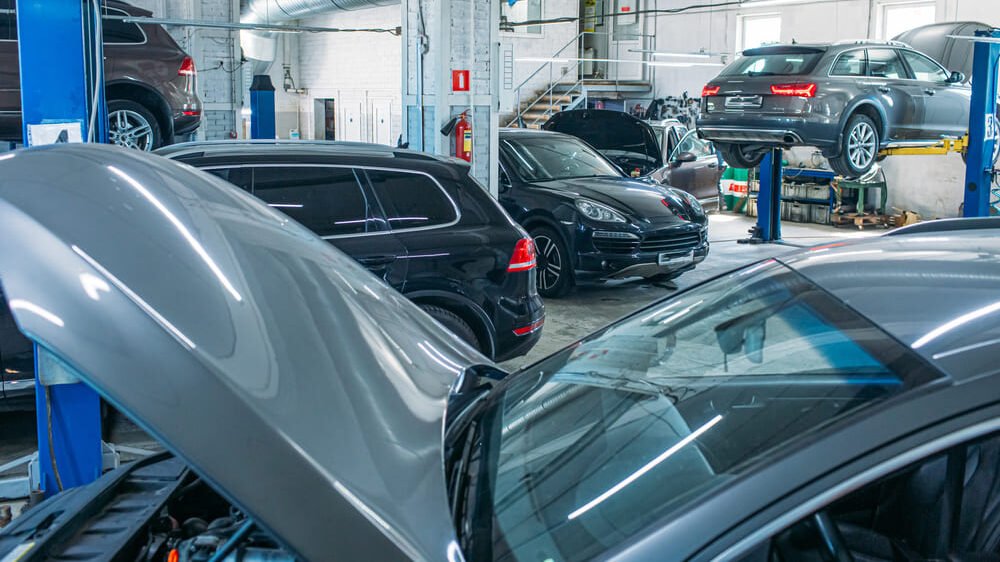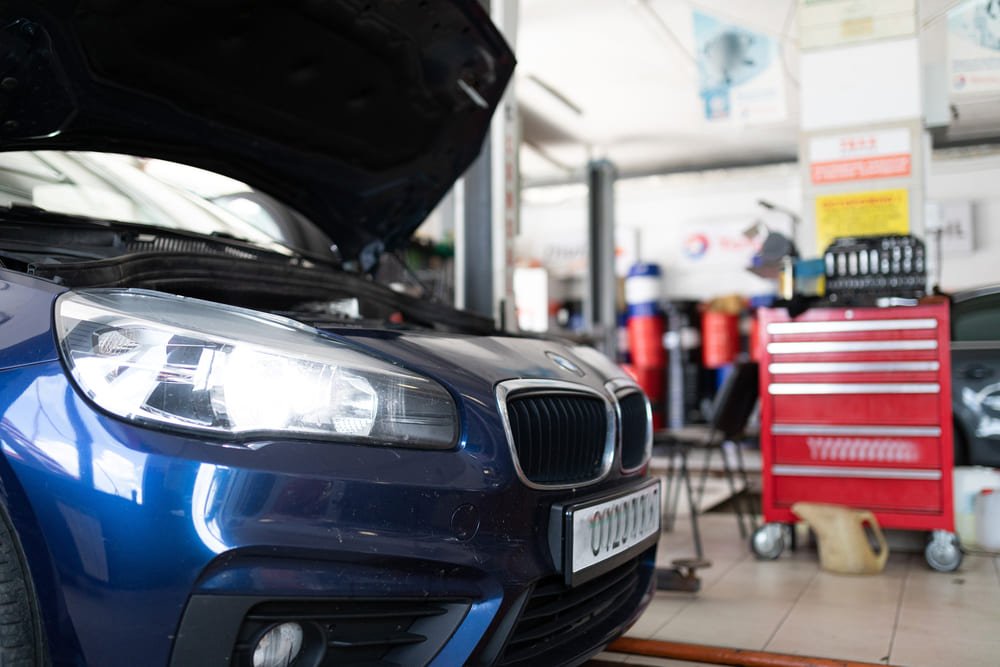The debate surrounding German vs. Japanese car maintenance has been ongoing among car enthusiasts for decades. Both automotive powerhouses have established a reputation for excellence, yet their divergent engineering philosophies result in distinct long-term reliability and cost considerations.
While both have their merits, maintenance is a crucial aspect that can significantly influence a vehicle owner’s experience over time.
This article delves into the nuances of maintenance for German and Japanese cars, examining factors such as cost, reliability, availability of parts, and service options.

Engineering and Maintenance Philosophies: Precision vs. Practicality
Before diving into specifics, it’s essential to understand that maintenance encompasses a broad range of activities, including routine services (oil changes, tire rotations), repairs (brake replacements, transmission work), and software updates for modern vehicles.
The approach to vehicle maintenance can differ significantly between German and Japanese manufacturers, often resulting from their unique engineering philosophies and target market strategies.
German Engineering: The Pursuit of Precision and Performance
German manufacturers such as BMW, Mercedes-Benz, Audi, and Porsche are renowned for their commitment to precision engineering. This applies even to mainstream brands like Volkswagen.
Their vehicles are often designed with cutting-edge technology, intricate mechatronics, and performance-driven enhancements. However, these advancements come at a cost:
- High System Complexity: German cars integrate advanced powertrains, electronic control systems, and sophisticated suspension geometries. Features like variable valve timing (VANOS in BMWs), air suspension (Mercedes AIRMATIC), and dual-clutch transmissions (DSG in Audi/VW) require specialized maintenance.
- Material and Manufacturing Standards: German automakers use high-strength steel, aluminum, and in some cases, carbon fiber for chassis components. While this improves performance and weight reduction, it complicates repairs and increases replacement part costs.
- Proprietary Diagnostic Tools: Maintenance of German vehicles often requires manufacturer-specific diagnostic tools such as VCDS (for Volkswagen/Audi) and ISTA (for BMW). These proprietary systems make independent repairs challenging and necessitate dealership visits.
- Stricter Maintenance Intervals: Many German vehicles follow condition-based service (CBS) schedules, which use sensors to determine when maintenance is needed. This approach, while technologically sophisticated, leads to unpredictable service costs.
Japanese Engineering: Simplicity, Efficiency, and Longevity
Japanese manufacturers like Toyota, Honda, Nissan, and Subaru focus on engineering vehicles with practicality and longevity in mind. This is reflected in their approach to maintenance:
- Simplified Mechanical Design: Japanese cars prioritize reliability by avoiding unnecessary complexity. Their naturally aspirated engines, durable transmissions (e.g., Honda’s CVT and Toyota’s Aisin automatic), and conventional suspension setups reduce failure points.
- Cost-Effective Manufacturing: Japanese automakers emphasize mass production efficiency, using robust yet affordable materials. Cast-iron engine blocks, conventional steel chassis components, and standardized electronic architectures make repairs simpler and more affordable.
- Widespread Part Availability: Japanese vehicles are designed with parts interchangeability in mind, allowing for broader compatibility with aftermarket components. This dramatically reduces the cost and downtime associated with repairs.
- Predictable Maintenance Cycles: Unlike German vehicles, Japanese cars adhere to fixed maintenance intervals, making servicing schedules predictable and less expensive over time.

Maintenance Differences: OEM vs. Aftermarket Parts, Labor, and Specialization
OEM Part Availability
- German Cars: Due to proprietary engineering, OEM parts for German cars are significantly more expensive. A simple brake pad replacement on a BMW or Mercedes-Benz may cost double that of a Toyota or Honda.
- Japanese Cars: OEM parts for Japanese vehicles are relatively inexpensive, and aftermarket alternatives are widely available, reducing maintenance costs without compromising performance.
Labor and Repair Specialization
- German Cars: The need for factory-trained technicians, manufacturer-specific tools, and specialized knowledge increases labor rates. A standard engine diagnostic on a BMW or Audi often requires proprietary software and a skilled technician, making even minor repairs expensive.
- Japanese Cars: Due to their straightforward design, most general mechanics can service Japanese vehicles, reducing labor costs. Fewer specialty tools are required, allowing for competitive pricing in repair shops.
Long-Term Ownership Costs
Studies consistently show that long-term maintenance costs are lower for Japanese vehicles. According to RepairPal and Consumer Reports, German luxury vehicles have an average annual maintenance cost of $1,000–$1,200, whereas Japanese cars average $400–$600. The disparity stems from:
- Greater failure rates in German cars due to complex subsystems (e.g., electronic malfunctions, turbocharger failures).
- Lower parts and labor costs for Japanese cars due to simplified architecture and supply chain efficiencies.
Reliability and Longevity: Statistical Comparisons
According to J.D. Power and the Annual Consumer Reports Auto Reliability Study:
- Toyota and Lexus consistently rank at the top for dependability, with vehicles like the Toyota Corolla and Lexus ES often exceeding 250,000 miles with minimal issues.
- German manufacturers rank lower in long-term reliability due to complex components that require frequent servicing (e.g., Mercedes-Benz air suspensions, BMW cooling systems).
- Depreciation rates are higher for German cars due to expensive long-term maintenance, whereas Japanese vehicles retain value due to their reputation for reliability.

Common Maintenance Issues: German vs. Japanese Cars
German Cars: Common Issues and Costly Repairs
- Electronic Failures: iDrive malfunctions (BMW), MMI issues (Audi), and sensor failures.
- Oil Leaks: Common in BMW inline-six and Audi turbocharged engines.
- Transmission Issues: Dual-clutch transmissions (DSG) in VWs and Audis require specialized maintenance.
- Air Suspension Failures: Seen in Mercedes-Benz (AIRMATIC) and Audi (adaptive air suspensions), costing thousands to repair.
Japanese Cars: Predictable Maintenance Needs
- Brake Wear: Honda and Toyota brake pads tend to wear faster but are inexpensive to replace.
- CVT Transmission Concerns: Nissan CVTs require frequent fluid changes to maintain longevity.
- Head Gasket Issues: Subaru’s boxer engines occasionally suffer from head gasket failures but are well-documented and manageable.
Environmental Impact: Hybrid and Electrification Trends
- Japanese Leadership in Hybrids: Toyota pioneered hybrid technology with the Prius and continues to dominate with models like the RAV4 Hybrid and Lexus RX Hybrid. Their efficient, low-maintenance hybrid systems contrast with German plug-in hybrids (PHEVs), which often require more complex servicing.
- German Push for EVs: Brands like BMW (iX series), Audi (e-tron), and Mercedes-Benz (EQ lineup) are heavily investing in electrification. However, early adopters have reported software glitches and high battery replacement costs.
- Total Lifecycle Sustainability: Toyota’s hybrid batteries tend to last longer with minimal degradation, whereas German EVs have faced issues with thermal management and charging infrastructure reliance.
Conclusion: Which Maintenance Philosophy is Superior?
Ultimately, the choice between German and Japanese cars often boils down to the overall ownership experience and long-term satisfaction.:
- If engineering innovation and driving dynamics matter most, German cars deliver unmatched performance, exhilarating driving experiences, and cutting-edge technologies but require costly, specialized maintenance, therefore, prospective owners must prepare for higher maintenance costs, potential downtime, and a reliance on specialized service providers..
- If reliability, ease of ownership, and lower total cost of ownership are priorities, Japanese cars are the clear winner, Japanese cars offer a less stressful experience overall, particularly for those seeking a dependable daily driver..
German automakers push the limits of technology, but their complexity leads to higher maintenance costs. Japanese brands prioritize efficiency and reliability, keeping ownership costs lower.
Choosing between them isn’t just about preference—it’s about trade-offs. German cars offer luxury and performance but demand specialized upkeep. Japanese cars are practical, durable, and easier on the wallet.
Ultimately, it comes down to your priorities: cutting-edge engineering or long-term affordability. Knowing what to expect can make all the difference in car ownership.
If you found this post interesting, you might also enjoy our article, “Korean vs. Japanese Cars: Are They Equally Reliable?“ Dive into the details and see how these two automotive giants compare.
Be sure to explore the rest of our site for in-depth car reviews, expert buying guides, and the latest industry insights. There’s plenty more to discover, so take a look around—and don’t forget to bookmark us for future updates!
*Disclaimer: This website provides automotive content for informational purposes only and should not be considered professional advice. While we strive for accuracy, we do not guarantee the reliability or suitability of any vehicle or product mentioned—always conduct your own research before making purchasing decisions. Additionally, some links on this site are affiliate links, meaning we may earn a commission if you make a purchase, at no extra cost to you.

